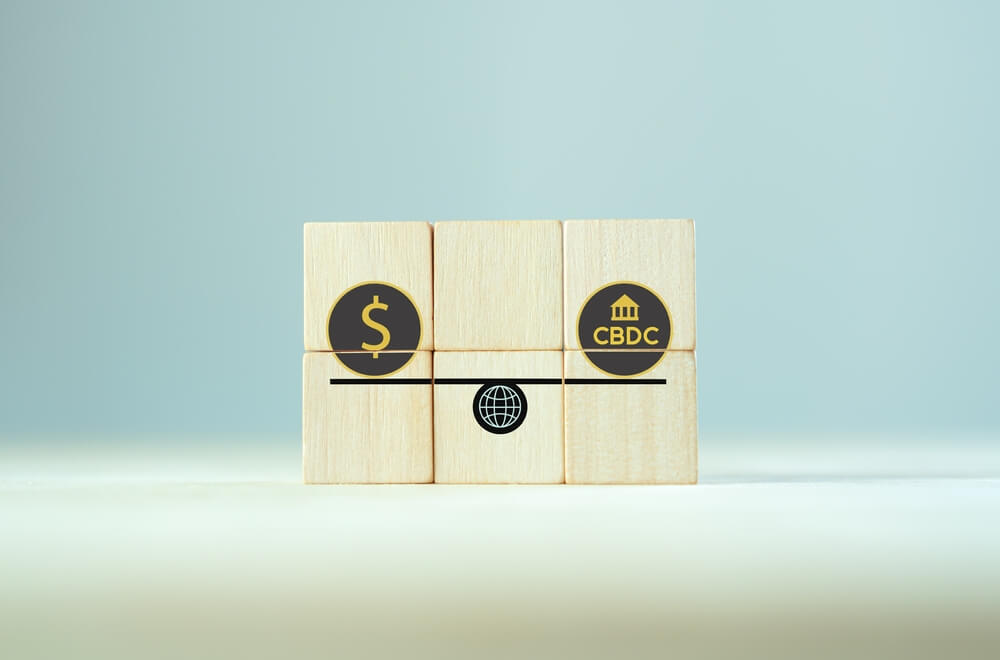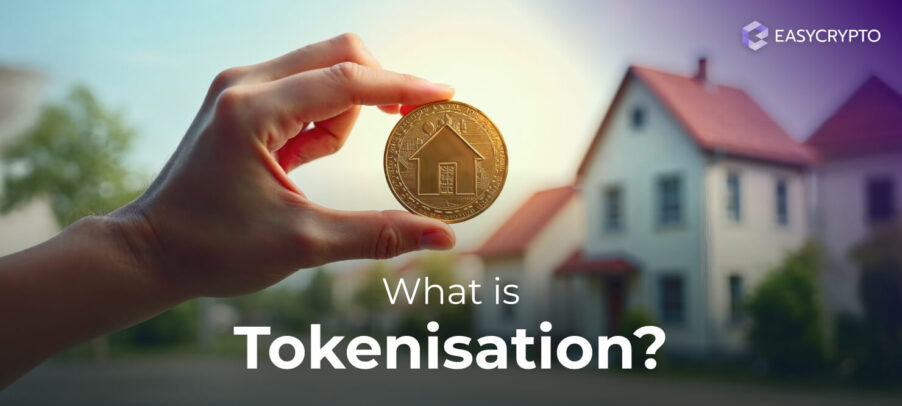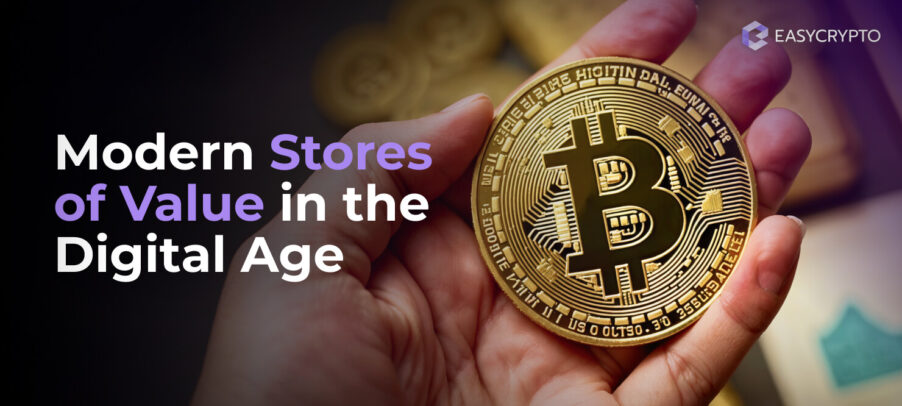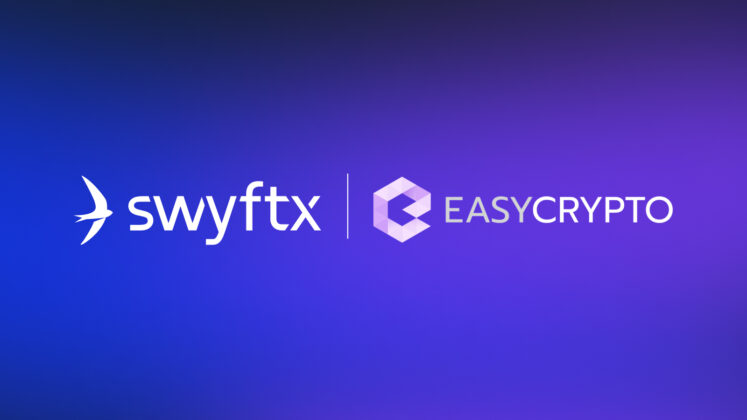Central Bank Digital Currencies: An Overview in 2023
What are CBDCs, how do they work, and how will they affect the crypto market? View the latest report for 2023.


As peer-to-peer decentralised cryptocurrencies grew in popularity, most of the world’s central banks feel threatened by an emerging competition.
After all, one of the roles of a central bank is to maintain sovereignty over a nation’s economy. If more citizens prefer to use cryptocurrencies than the currency issued by their own government, the renounced money could become increasingly worthless.
The best way for central banks to stay competitive against cryptocurrency is to issue Central Bank Digital Currency, or CBDC. In 2023, dozens of countries are currently experimenting with CBDCs, such as the e-krona in Sweden, e-hryvnia in Ukraine, digital yuan in China, digital rupee in India, digital ruble in Russia, and many more.
What is a Central Bank Digital Currency (CBDC)?
A CBDC is the digital version of a country’s traditional physical cash (bank notes). While the technology and implementation of CBDCs may differ in each country, the goals are the same.

CBDCs should make it easier for users to make peer-to-peer cash payments without the involvement of any particular private bank. It should help users secure their cash in digital form without needing to deposit them in a bank.
It should also help reduce the costs of bank note minting and distribution, as well as eliminating illicit transactions and money laundering. More benefits of CBDCs can be found in the next few sections.
Digital cash is nothing new… or is it?
Most people are already familiar with online banking. However, the bank balance that is displayed digitally on your screen is not digital cash, in a strict sense.
Apart from CBDCs, money as we know it purely exists in physical form. When you see a bank account balance, you’re actually seeing a statement of how much your bank owes you.

Without CBDCs, it’s challenging to know exactly how much money there is in circulation. That’s because banks can seemingly “create money out of nothing” through fractional reserve banking.
Basically — and this is an oversimplification — money loaned out to a debtor can go back to the same bank as a debt, which gets loaned out to another debtor, and so on.
At the end of the day, all bank account statements are debt statements, and don’t represent every single dollar of physical money issued by the central bank.
This is why “digital cash” is a new innovation by central banks as a response to the emergence of private, decentralised, peer-to-peer electronic cash systems.
What are the advantages and implications of CBDCs?
CBDCs can yield several possible benefits for central banks, the government, and its people.
For central banks, CBDCs can help them monitor the country’s economy in real time, such as finding out the GDP and inflation index estimates with up-to-date figures.
Transactions within governments and businesses can become more transparent, which could greatly reduce corruption, gratification, and money laundering.
As for the people, it’s clear that digital payments have made transacting a smooth experience, without having to fumble through paper notes and loose change.

The “unbanked” — those who cannot afford banking services — can rely on CBDCs to simply hold cash securely. All this will obviously only work when users have an electronic device with active Internet connection.
Of course, there are also considerations for the private banking sector, which makes some central banks feel hesitant to issue CBDCs. One good consideration is the threat of a bank run, or at least having people becoming less interested in using private banking services. This could eliminate the bank’s role as the only service that “keeps money safe”.
To counter this issue, some central banks only focus on issuing wholesale CBDCs, which are strictly used for banks, and not ordinary people, which will use retail CBDCs.
There is still a concern about CBDCs infringing on people’s right to privacy. In the EU, there is a privacy law for which people have the “right to be forgotten”, a key part of the General Data Protection Regulation (GDPR).
When a central bank possesses an immutable record of every transaction that has ever been done, it takes a few stolen access keys to leak millions of people’s private data. Clearly, this is a challenge on a technical side of things.
What are the various design considerations of CBDCs?
According to the Bank for International Settlements, there are four basic designs for a central bank digital currency. Two questions must be answered by the CBDC developer:
1. How will users gain access to their CBDC?
2. How will the central bank ledger be recorded?
CBDC access technology
For question 1, there are two possible ways a user can gain access to their CBDC — 1) through an account-based system and 2) a token-based system.
An account-based system is what commercial banks and financial institutions use. Every account is associated with at least one customer.
Account access recovery can be done by going to the institution and verifying the account ownership using some type of government-issued ID. While this model is very much conventional, there must be a way to safeguard the separate database of account owners, in addition to the database of transactions.
A token-based system works similarly to Bitcoin. A person owns their CBDC inside their wallet, because they control their private key. A person could create multiple “accounts” (wallets) by generating a new private key without needing a government-issued ID. In this model, the CBDC retains the peer-to-peer cash characteristics.
The electronic cash can be sent privately, but regulators could still trace the ledger for suspicious transactions. However, some users may still need help to maintain custody of their CBDC without a custodian.
CBDC network infrastructure
For question 2, there are two possible ways the central bank ledger can be recorded and maintained. The traditional way is to have a central party that validates and records all CBDC transactions across and beyond the economy.
The central party may have access to a few backup servers to prevent the loss of data when one server fails. This is a decentralised system with a single controller — the central bank itself.
The benefit is that this system is conventional, and easier to set up, because it follows the same pattern that even major tech companies and banks use. A centralised system will always have a speed advantage, but has a single point of failure due to external attacks or internal corruption.
A more robust alternative is to use distributed ledger technology (DLT) such a blockchain, a hashgraph, or any other variant. A database powered by DLT will require at least one other party that is a separate entity from the central bank.
This could be a trusted network of the biggest banks in the country, each holding a copy of the central bank ledger, and using a consensus mechanism to stay in sync with each other.
Another approach to using DLT is to completely open the network, allowing anyone to participate in collecting, verifying, and recording CBDC transactions on a public ledger. This system follows exactly the kind of system that cryptocurrencies like Bitcoin have.
This increases the security power of the entire CBDC network. However, it isn’t clear how the network will incentivise the network participants to behave properly and honestly.
In this system, the central bank may find it harder to control the monetary supply while simultaneously maintaining network security through decentralisation.
How is the current development around CBDCs?
At the time of writing in February 2023, as many as 72 countries are currently researching and developing their CBDC.
As many as 28 countries have either officially launched their CBDC or are testing their CBDC. These figures are taken from Atlantic Council’s CBDC Tracker.
Another online tracker that you can use to stay up-to-date with CBDC developments around the world is the open-source CBDC Tracker. This tracker gives you more detail on developer activity of each CDBC project as well as the central bank partnerships with technology providers.
CBDC network Infrastructures around the world
Of the one hundred countries that are actively engaged with CBDCs, 18 countries use DLT, including United Arab Emirates, Saudi Arabia, the Eurozone, Nigeria, and Brazil. 16 countries use a hybrid system of DLT and conventional infrastructure, including Canada, Kazakhstan, Russia, China, India, and Thailand.
CBDC settlement systems around the world
CBDC settlements can be done in two ways — direct or intermediated. With direct settlement, the central bank directly handles consumers’ payments and records all transactions.
With intermediated settlements, the central bank still has the transaction records, but payment handling is done by financial institutions. This allows the central bank to off-load the network stress of real-time transaction processing.
Only three countries have used the direct settlement approach, but these countries, namely Denmark, Senegal, and Iceland, have cancelled their CBDC programme. As many as 39 countries use the intermediated approach to handle payments, making it the most popular approach of the two.
CBDC for retail consumers vs wholesale institutions
As prefaced, one way to prevent commercial banks from losing their basic function as “cash custodians” is to issue CBDCs only to financial institutions — using a wholesale approach, rather than the retail approach.
Surprisingly, as of writing, only 8 countries take the wholesale approach — the Eurozone, Tunisia, Bahrain, the UAE, Saudi Arabia, Malaysia and Singapore.
How will CBDCs affect the crypto market?
Central banks’ development of CBDC is a response to the emergence of DLT technology. While it’s true that many central banks do not like cryptocurrencies, citing economic and monetary sovereignty risks, it shouldn’t be seen as a “weapon” against crypto.
Crypto and most CBDCs use the same underlying technologies, but they live in completely separate realms. This means crypto cannot be controlled by central banks. Regardless, many proponents of crypto feared that CBDCs will be a hindrance to crypto adoption.
As a writer in this space, I take a more neutral stance. In my opinion, crypto will be adopted by those who truly appreciate it. It has benefited many people in terms of how quickly international payments can be made, and how efficient it is at transferring value without being taxed by intermediaries.
CBDCs will also be adopted by those who like the technological efficiencies of transferring digital cash. Of course, since CBDC is digital cash, it will still inherit its weaknesses.
For example, CBDCs that do not behave like crypto tokens cannot be transferred globally in the same way crypto does. This means the CBDC user would still pay intermediaries to relay the money for them.
New to crypto? Learn the fundamentals with our 101 crypto guide.
How CBDCs can empower the crypto market
Some may even say that CBDCs will empower the crypto market. As retail users become more confident with the concept of digital cash, they may also try to get their head around cryptocurrencies. This means, in the future, more people may adopt cryptocurrencies.
With the rise of CBDCs, some people may actually prefer crypto over CBDCs. Central banks and their partners have the ability to completely monitor CBDC transactions.
Given that public DLTs can mask the true identity of users, crypto may gain additional users who prefer to stay completely private.
At this point, though, this is largely speculation. It’s good to stay up-to-date with the latest developments of CBDCs around the world.
Further reading: Explore more topics on all things crypto at the learning hub on Easy Crypto.
Share to
Stay curious and informed
Your info will be handled according to our Privacy Policy.
Make sure to follow our Twitter, Instagram, and YouTube channel to stay up-to-date with Easy Crypto!
Also, don’t forget to subscribe to our monthly newsletter to have the latest crypto insights, news, and updates delivered to our inbox.
Disclaimer: Information is current as at the date of publication. This is general information only and is not intended to be advice. Crypto is volatile, carries risk and the value can go up and down. Past performance is not an indicator of future returns. Please do your own research.
Last updated February 13, 2023





